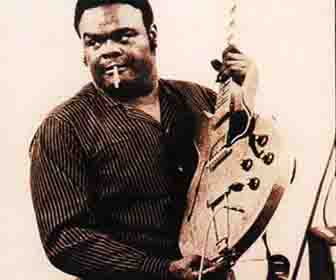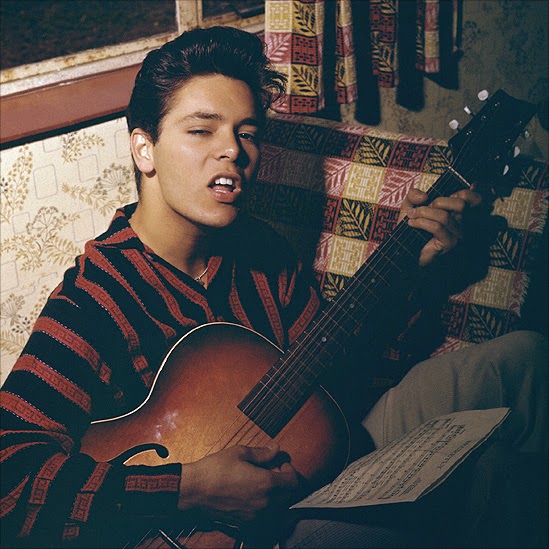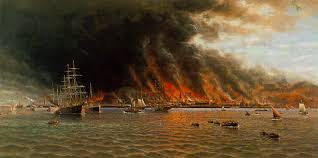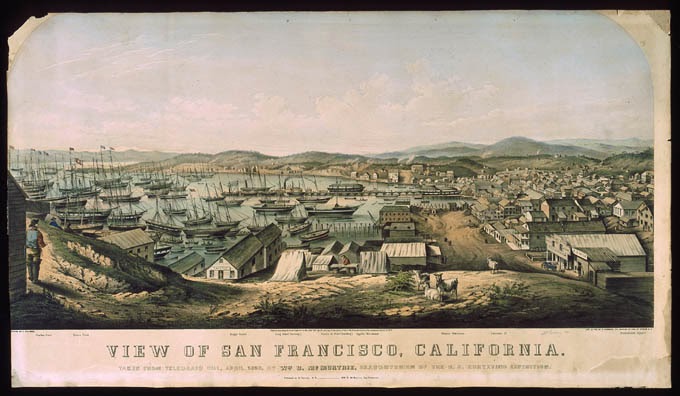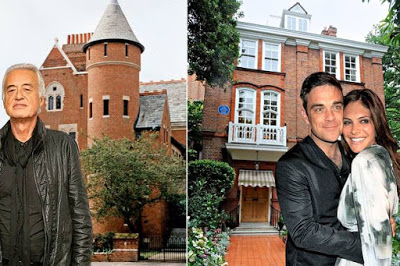Great blues cities No. 3: Chicago.
PhillyCheeze’s Rock and Blues Reviews @phillycheeze Cedar Rapids, Iowa, 2 June 2015.
“Enjoy your blog very much Paul! Thanks for supporting the blues! ;-)”
Joanne LeBlanc (@jleblanc59) SF Bay area, February 22, 2014.
Formany, Chicago surely rates as America’s top blues city. That’s perfectly understandable, considering the waves of great blues music that came out of America’s third-biggest city last century. And while Chicago may not have been a formative blues city in the nineteenth century, in the league of New York or New Orleans, it surely takes the honours when it comes to being America’s first city of urban, or city-inspired, blues.
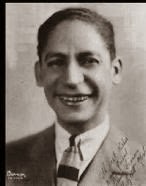 |
| Jelly Roll Morton hit Chicago in 1910 |
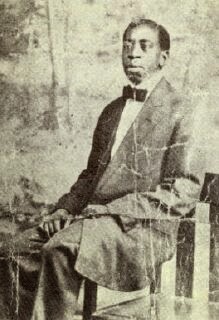 |
| Even Jelly Roll rated Tony Jackson |
southern United States moving north to escape poverty and racial discrimination. These would have mainly been ragtime musicians, blues and jazz having yet to be named. Of the first southern musicians to arrive in Chicago, two were red hot pianists from New Orleans. Jelly Roll Morton, the Creole who arrived in 1910, was probably the best known, followed by the African American, Tony Jackson, in 1912. Even Jelly Roll looked up to Jackson, in those days the man everyone copied, from the way he played his piano to his dress sense. Jackson’s fancy waistcoat, Ascot tie, diamond tie or stick pin and sleeve garters became so copied by ragtime and barrelhouse piano players of the era, the look is now a filmic cliché in period movies and TV westerns. As one pianist of the early
1900s said, “If you can’t play like Tony Jackson, at least you can look like him.
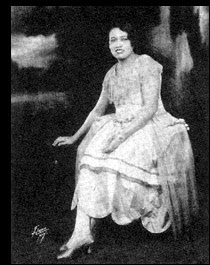 |
| Lucille Hegamin made St Louis Blues famous in Chicago |
 |
| Frank Capone: killed in his 20s |
This was a time when white gangsters ran Chicago’s illegal drinking clubs, and often controlled the black artists working in these clubs. The Thompson submachine gun, perfected in 1920, became known as The Chicago Typewriter such was its popularity with the city’s mobsters. Gangsters like Al Capone and Bugs Moran became some of the most famous Chicagoans of all time. They were the baddest of the bad but, at the same time, champions of the people and did much to encourage black performers. Al’s older brother, the gangster Frank Capone, is said to have given black musicians like Earl Hines, Duke Ellington, Cab Calloway and Fats Waller their professional starts in the Cotton Club, not the one in Harlem but in Cicero, Chicago.
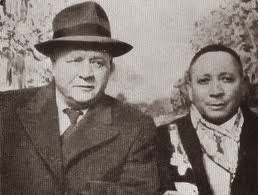 |
| Lester Melrose (left) with Tampa Red |
Then, between the 1930s and pre-WW2 1940s, Lester Melrose virtually single-handedly created the first great Chicago blues sound. He combined blues, vaudeville and the new-style swing rhythms that were coming into vogue. Melrose also pioneered assembly-line recording techniques, including using the same players for every recording session, pre-dating the Muscle Shoals and Motown session bands by some 30 or 40 years.
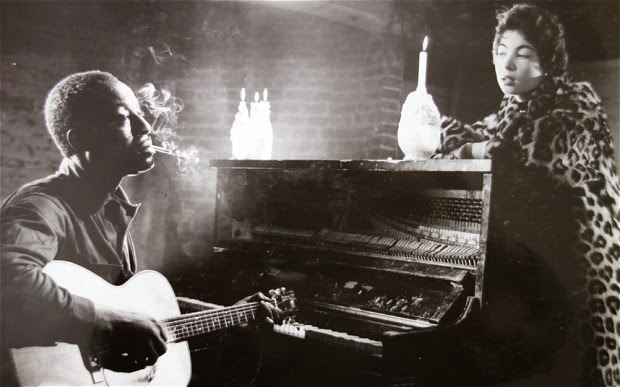 |
| The influential Big Bill Broonzy making a movie in Belgium |
These included Big Bill Broonzy, Sonny Boy Williamson, Memphis Minnie, Roosevelt Sykes, Lonnie Johnson, Big Joe Williams, Bukka White, Washboard Sam, Champion Jack Dupree, Tampa Red and Thomas Dorsey as the Hokum Boys, Jazz Gillum, Arthur Crudup, Victoria Spivey and Leroy Carr.
legends like Broonzy, Curtis Jones, Washboard Sam (who Melrose named), Jazz Gillum, Louis Powell, Blind John Davis, Merlene Johnson and Hattie Bolten in sessions during March 1938.
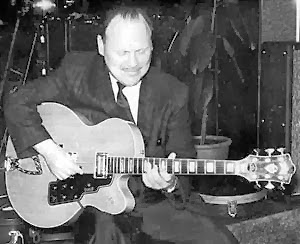 |
| Chicago’s George Barnes recorded with blues greats aged 16 |
Altogether, young George played on 33 seminal black blues recordings in Chicago that year, becoming probably the second person ever to commercially record blues on an electric lead guitar after Eddie Durham. And judging from the number of electric guitar instruction manuals George Barnes wrote
in the early 1940s, you could literally say he wrote the book on playing electric blues guitar.
 |
| Lonnie Johnson: went electric in Chicago in 1939 |
It was with Melrose at the control desk that Johnson first strapped on an electric guitar, an example of which you can listen to on the following link.
 |
| Father of modern Chicago blues. Muddy Waters, in his prime |
This was around 1940 when Muddy first moved to Chicago. Muddy Waters, of course, would have the last laugh, now being considered ‘the father of modern Chicago blues’.
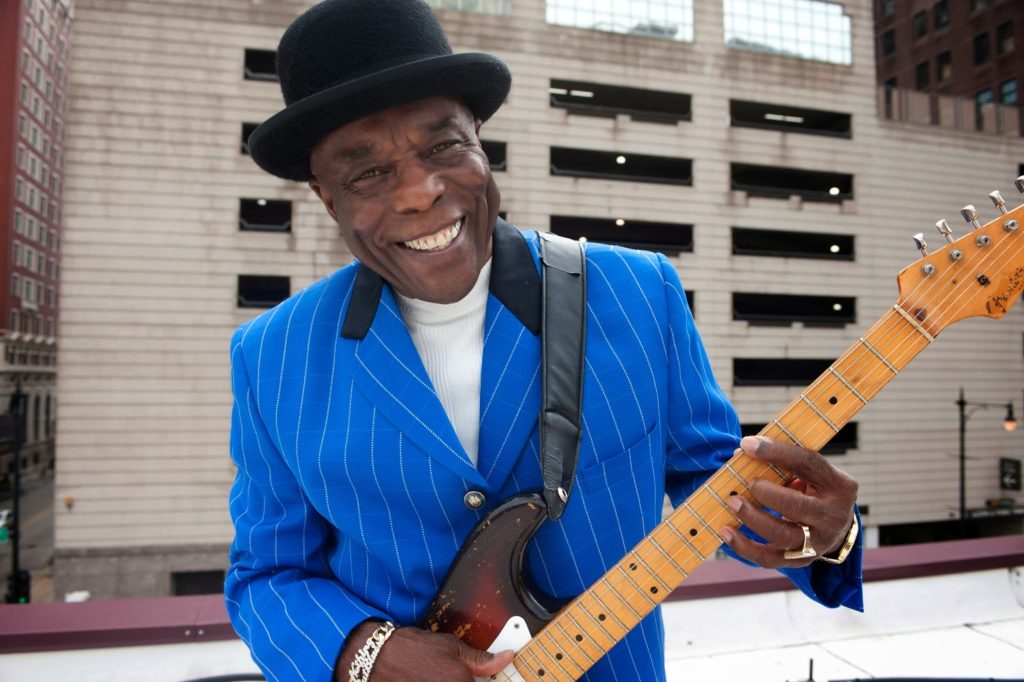 |
| About time we had a pic of Buddy Guy in these pages |
No point in reinventing the wheel, I thought, and telling people what many actually know
already.
goes on.
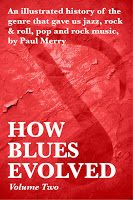
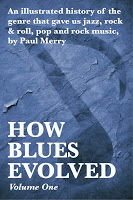 In the UK, get your FREE How Blues Evolved Volume One and Two previews on this link below:
In the UK, get your FREE How Blues Evolved Volume One and Two previews on this link below:http://www.amazon.co.uk/s/ref=nb_sb_noss?url=search-alias%3Ddigital-text&field-keywords=how+blues+evolved+volume+one
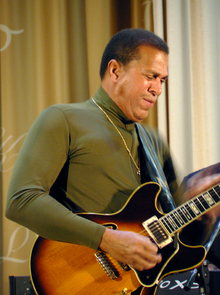 |
| Melvin Taylor on stage in Kiev, Ukraine |
Just had message from Chicago electric blues guitarist, Melvin Taylor, who reminds me that The Windy City is still producing quality blues musicians today. Born in Mississippi, Melvin moved to Chicago as a child in 1962 and can be found playing the clubs of Chicago’s West Side. Check him out at:
youtube.com/watch?v=9_9RVpSqiI4 …
